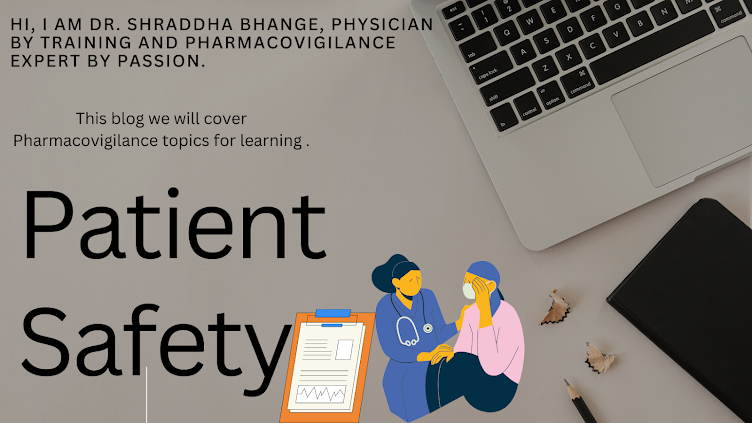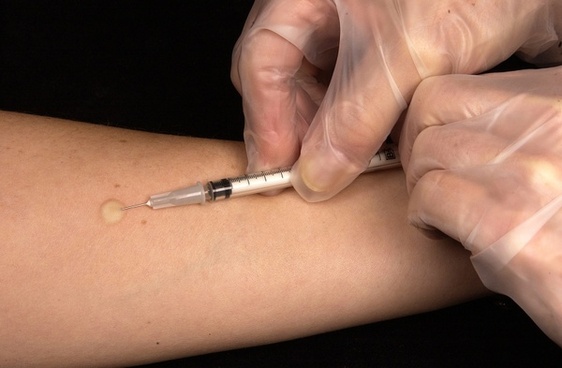In current situation, all of us are desperately waiting for only 1 thing and that is Corona vaccine. We need an effective vaccine which will help us have our pre corona life back, right? Agreed, but as safety physician i also keep thinking about safety of such vaccine when we finally get it.
I started my career in pharmacovigilance with vaccines. I was fortunate to learn about vaccine pharmacovigilance at start of my career, which gave me peek into how vaccine pharmacovigilance and drug pharmacovigilance are different.
What are the key differences in vaccine pharmacovigilance? But before we jump to that, lets cover some basics.
What is a vaccine?
A vaccine is a biological preparation containing an agent (disease causing microbe or its part) which stimulates the body's immune system to recognize the agent as foreign,destroy it, and "remember" it, so that the immune system can more easily recognize and destroy any of these microorganisms that it later encounters.
How does it differ from a drug and what are challenges of vaccine?
We have lower risk tolerance to adverse event associated with vaccines as they are given to prevent disease, unlike drugs which are given to treat disease.
Vaccines teach immune system of our bodies to fight infection, however we all know how immune system is complicated and every persons immune system can have different reactions. Hence its very critical to monitor vaccine reactions and gather data regarding same to know such reactions post vaccination and if possible be prepared to prevent them. This takes time and lot of research and costs money.
Scientific challenges in developing vaccines:
- Lack of knowledge about immunological pathways causing serious safety concerns
- Antigenic variation requiring frequent updates
- Inadequate preclinical data which does not provide enough information with immunity correlation results in clinical trial failures
- Lack of data regarding infectious exposure of intended vaccine recipients
- Product related issues-storage, administration e.g cold storage
- Vaccines contain different components to make them effective. However, each component in a vaccine adds a potential risk of an adverse reaction.
Reading about such vaccine reactions, one might think why not let body's immune system learn to fight by directly getting a disease, why administer vaccine to healthy people?
But we must remember below benefits of vaccines:
1. the very low risk of an adverse event caused by a vaccine greatly outweighs the risk of illness and complications caused by natural infection.
2.Vaccines have wide reach-protect individuals, communities and societies
3.Vaccines have rapid impact- Immediate reduction in morbidity and mortality
4.Vaccines save lives and costs.
In a nutshell, it takes time,efforts,money to bring a vaccine to market, however they very effective in controlling diseases.
In my next blog, we will talk about differences in vaccine pharmacovigilance ...
References:
- World Health Organization Global Training Network. "Similarities and differences between vaccines and medicines," In: WHO GlobalTraining Network: Adverse events following immunization (AEFI), Geneva: WHO, 2009
- http://medind.nic.in/iby/t14/i4/ibyt14i4p491.pdf
- https://www.microbiologyresearch.org/docserver/fulltext/jmm/61/7/889_jmm039180.pdf?expires=1563520785&id=id&accname=guest&checksum=CFDFF62D1140C568A15423186A717EFC
- https://pediatrics.aappublications.org/content/138/3/e20162146
- https://www.ema.europa.eu/en/documents/regulatory-procedural-guideline/guideline-conduct-pharmacovigilance-vaccines-pre-post-exposure-prophylaxis-against-infectious_en.pdf
- https://cdsco.gov.in/opencms/export/sites/CDSCO_WEB/Pdfdocuments/biologicals/3GuidanceBioloGicalProducts.pdf
- https://jamanetwork.com/journals/jama/fullarticle/2275444?resultClick=1
- https://cioms.ch/wp-content/uploads/2017/01/report_working_group_on_vaccine_LR.pdf
- https://cioms.ch/wp-content/uploads/2017/01/report_working_group_on_vaccine_LR.pdf
- http://www.wpro.who.int/topics/immunization_safety/ImmunizationSafetySurveillance.pdf
- https://jmm.microbiologyresearch.org/content/journal/jmm/10.1099/jmm.0.039180-0;jsessionid=UqYxJJOAuK-VvmyvN7g9HPSv.x-sgm-live-03#tab2
- http://www.searo.who.int/india/topics/routine_immunization/AEFI_standard_operating_procedures_SOPs_2010.pdf


